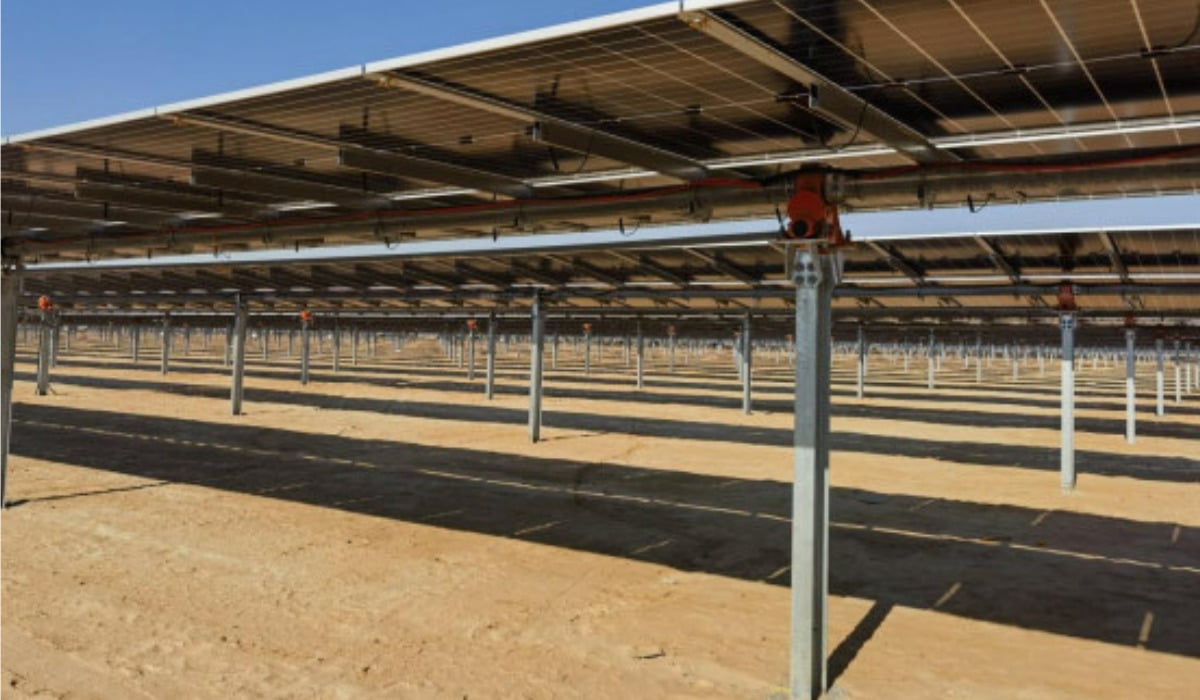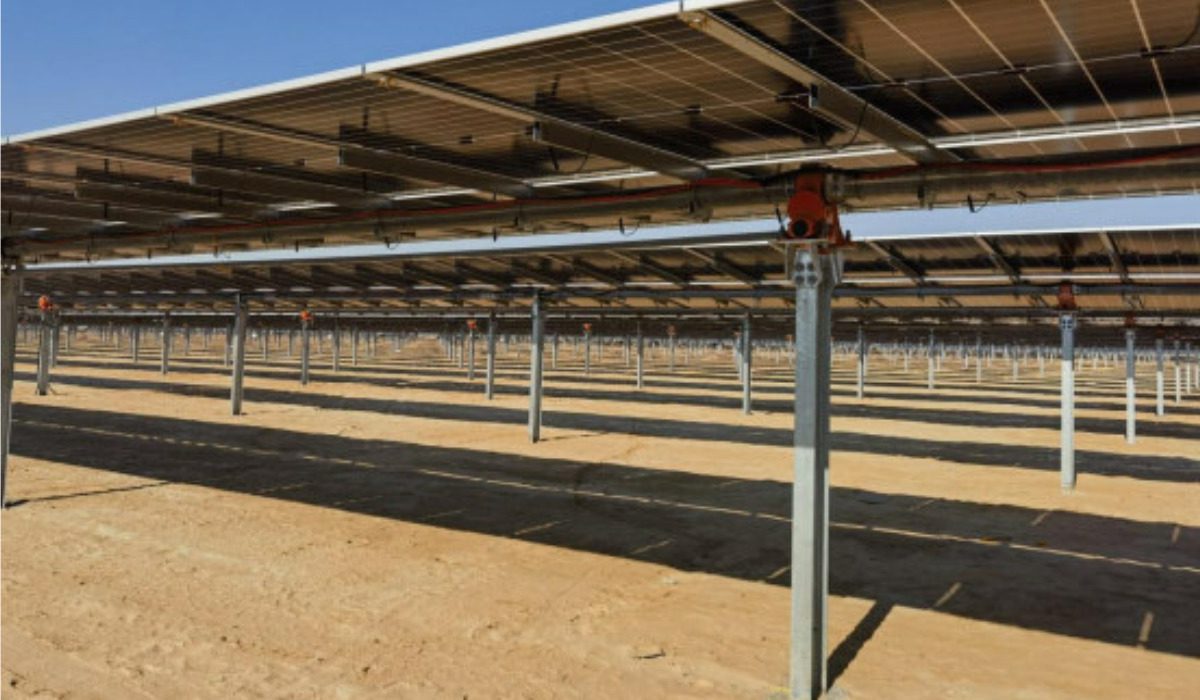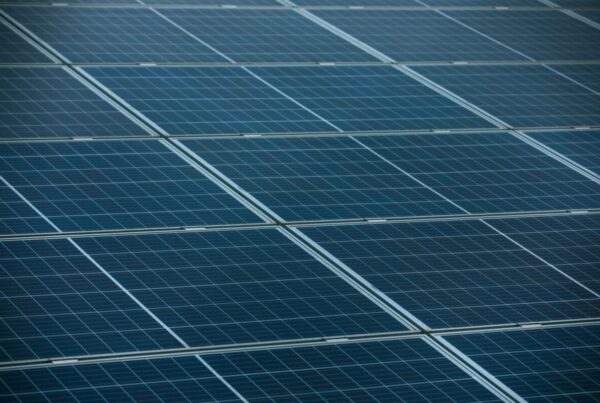
The news is a positive development for the Uzbek energy sector, which has historically been dominated by fossil fuels in general, and natural gas in particular, with the International Energy Agency (IEA) reporting that gas accounted for 54% of the country’s generation capacity in 2019.
By the end of 2021, Uzbekistan had installed 104MW of solar capacity, and will need to accelerate the commissioning of new projects if it is to meet the government’s targets of generating 4GW of electricity from solar in 2026 and 5GW by the end of the decade.
Indeed, this is not the CEEC and Arctech’s only project in Uzbekistan, with the companies announcing their collaboration on a separate project in the country last September. At this project, Arctech plans to deploy its SkyLine II tracking system, as it looks to use a range of products across central Asia.
The Uzbek government has sought to attract foreign investment into its solar sector, with Masdar signing plans to develop 2GW of solar and wind projects in the country earlier this year. The IEA also suggests that floating PV has considerable potential in Uzbekistan, considering that the country’s hydropower reservoirs have a water surface that is more than 15 times larger than the world’s largest solar facility in India, and foreign investment could be integral to building the kind of power infrastructure necessary to develop a robust floating PV sector.





